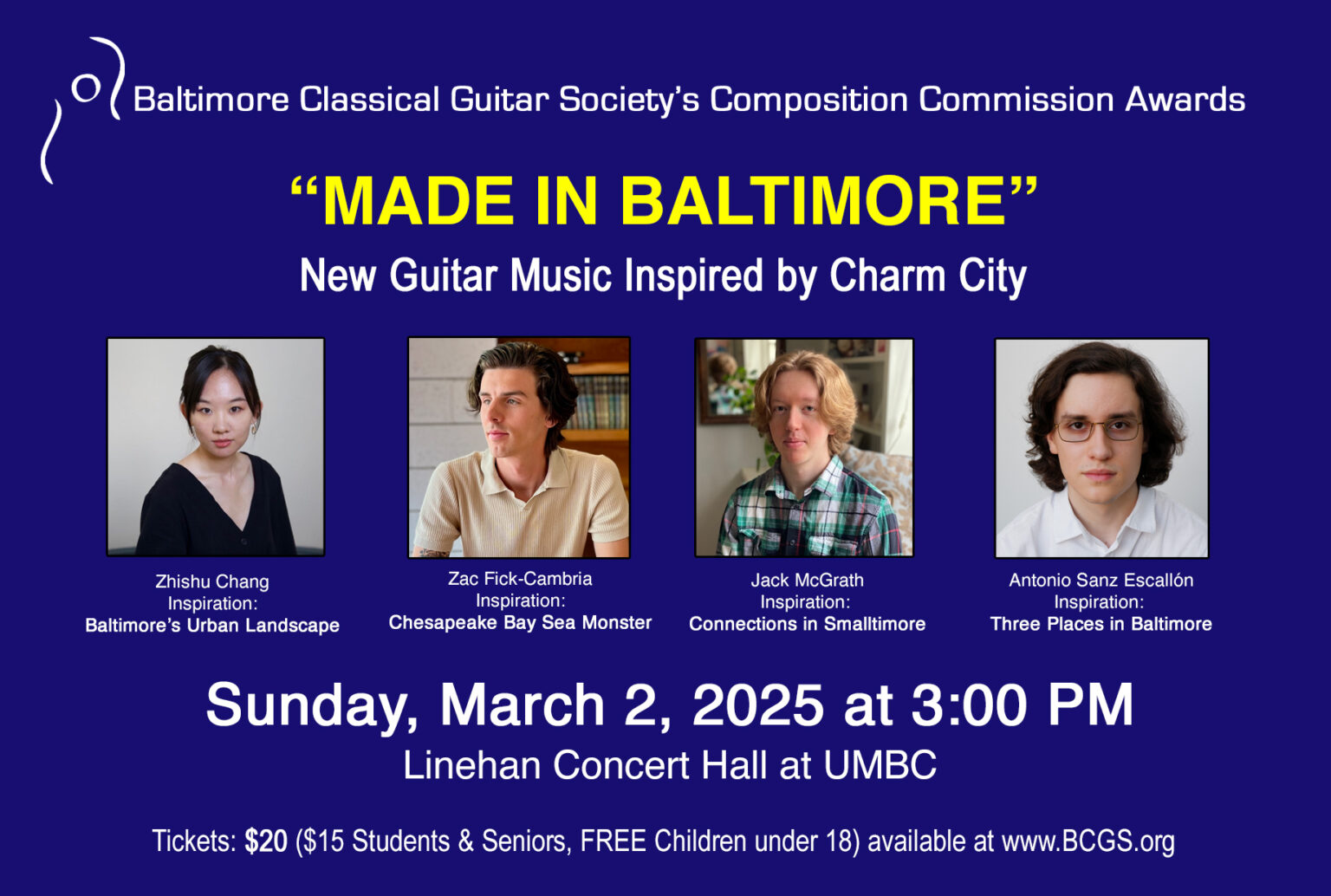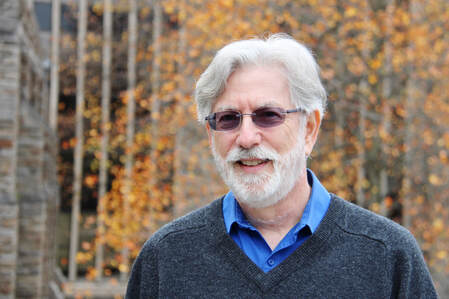

Together Apart is an imaginative exploration of sound for four guitars.
The opening movement, "A song from the corners," utilizes the quartet to create spacial effects, beginning in hocket fashion, and continuing with a pensive melody often divided amongst the instruments. A lively middle section provides forward momentum and ultimately brings us back to the atmospheric space where we began.
The harmonic-laden ostinato in the second movement, "I saw you dancing in the snow, but you could not see me," creates a fleeting, suspended fabric (the snow?) over which Pearl pens an enchanting melody that dances its way in and out of a stunning chorale.
The third and final movement, "After JSB," concludes the work in exciting fashion. Working with motives from J.S. Bach's 6th Cello Suite, this work presents material that is at once familiar and very new, rich in harmonic interest, motivic development, and emotional twists and turns.
From its arresting opening gesture, the first movement shines with appealingly bright harmonies, intriguing modal shifts, and full yet luminous textures. Pearl's writing for the ensemble evinces a keen technical and musical sensitivity, with several key motifs and cascading figures often passing seamlessly between the players. Particularly striking moments include instances of octave-doubled melodies, creative combinations of harmonics, and a 12/8+2/4 mixed-meter passage.
The title of the second movement ("I saw you dancing in the snowfall, but you could not see me") is perfectly suited to its hypnotically glistening ostinato texture. The composer has an excellent intuition for when to make changes to musical textures, particularly noticeable here in the gradual shift from the aforementioned ostinato into a strange yet beautiful chorale in 5/8. The combination of registral extremes and extended techniques Pearl exploits here lend an almost otherworldly sound to the movement; the music is acoustic but sounds uncannily electronic at times. Equally remarkable is how the musical material that opens the work is organically transformed over the course of the movement: it never comes back exactly as it was last heard, but it remains recognizable nonetheless.
The third movement cites Bach as an influence, but the repeated pitches and shifting pulses remind the listener perhaps more of Glass. As in previous movements, the artful management of density is notable here. Some Bach does emerge with more linear material, often in an imitative manner that suggests a merry chase within the quartet. Artful use of hemiola at times reminds one of Renaissance dances or of Brahms, and an "echo" of strums across the ensemble—an energetic gesture that Pearl seems to have wisely reserved for the finale—brings the work to an appropriately lively conclusion.